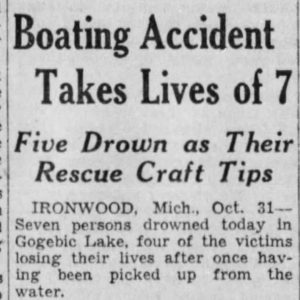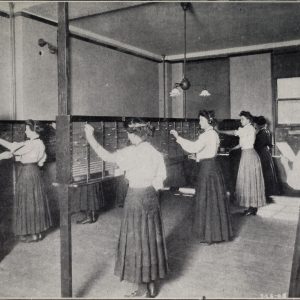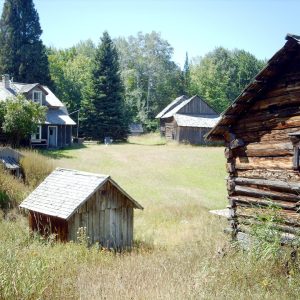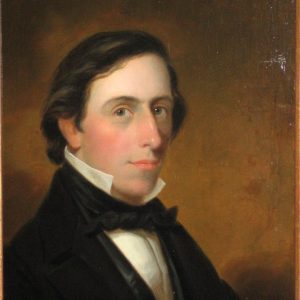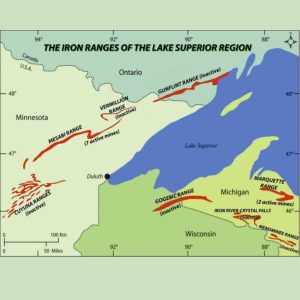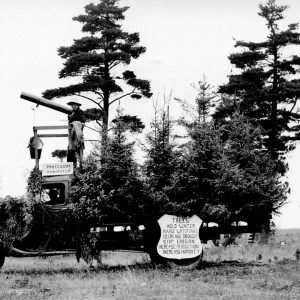Shining a Light on Copper Harbor Perched on the rugged shores of Lake Superior, the Copper Harbor Front Range Light has played a vital role in guiding mariners safely through one of Michigan’s most treacherous harbor entrances. The original Copper Harbor Lighthouse illuminated the general harbor area. Unfortunately, it could not safely direct ships through the narrow rock-strewn channel. This need led to the construction of the range lights in 1869. This marked a new chapter in maritime safety on Lake Superior. The Origins of Copper Harbor Range Lights The first Copper Harbor Lighthouse began operation in the spring of… Read More »



